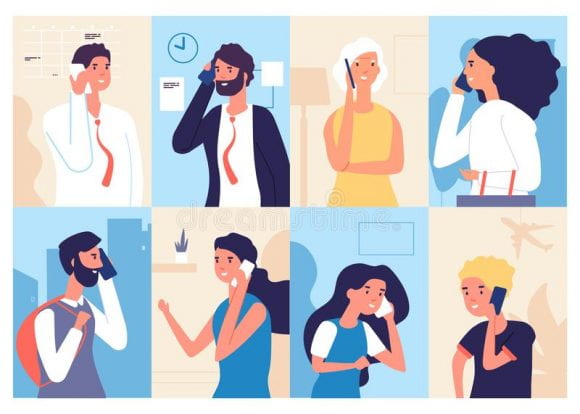Gaming has been in the spotlight for some time as some people do not know how others may be affected by its influence. It is understandable to some extent because we as human beings want the best for those around us. So, when some people say gaming may have a negative impact on those who play, it is easy for others to say that is not true. This begs the question, do games really affect us as negatively as some of the media portray it does, and how much does media influence these views? Media is always influencing us, but experience with games can override opinions. Concerning games effects, not only does the genres of the game matter, but who is playing, our circumstances in daily life, and why we play these games.
As new forms of entertainment (or even technology) are created, people tend to pay attention to it more than other content. So, depending on previous attitudes toward similar content, their preconceived notion forms the idea that this content could be just as harmful. Along with that, people may spread their belief in person, through text, social media, or even the news. For example, BBC news made an article on gaming and how violence was connected, bringing up research that suggested that these games made players boys more violent (Kleinman, 2015). The problem is that they do not dive into how correlational studies do not give concrete answers, but just how related topics are to one another. If someone read this could be primed to think that any recent violence could be caused by games. Priming is when a scenario is brought up to you moments before, affecting how you see later scenario like the one you saw before (Gruman, 2017, pg.166). Some of the public can come to believe that games have a strong influence on children when the media portrays it often as such. But how much are people influenced by games?
According to research, games do have an influence on those who play, but more complex than the media portrays it. Gaming in a vacuum does not make someone inherently more violent, but many factors together along with violent games can make someone more violent. This is called an overdetermined behavior, when an action is done due to multiple causes (Gruman, 2017, pg.162). So, in one scenario, a person plays a game they like, it happens to be a violent game, they might buy a real-life weapon (gun, knife, bat) because they thought it would be cool. They might imitate the behavior now they have a similar object, which could desensitize them. Later in the day when they are driving, they are annoyed by traffic and someone honks at them, normally they would not do much else other than scoffing or honking back. But, in the presence of the weapon they could become more aggressive, threatening, or even committing a violent act. Their bad mood, their basic personality, desensitization of violence, coupled with the presence of a weapon, lead them to this overdetermined behavior they otherwise would never do. But does this mean all games produce violent behavior in the people who play them, no.
Games, at least to me (and some others), are just another form of entertainment that takes many forms for many different objectives. Entertainment is a way for people to relax, have fun, enjoy some competition, or even to hang out with others. There are puzzle games, cooperative games, farming games, and prosocial games that portray activities that even research states can make people perform more prosocial behavior (Gruman, 2017. pg.160). While there is much research on how violent television often is, there is a lack of such research in games. Oswald and his colleagues found through their content analysis, sorting descriptions from people’s perspective into themes for easier insight, that people gained overall positive experiences from games (Gruman, 2017. pg.161). Even games that were deemed violent help cultivate prosocial behavior, as most online games encourage cooperation.
In conclusion, the influence of gaming on individuals is not as straightforward, a one-size-fits-all issue as the media may portray. It underscores the need for a more nuanced and evidence-based understanding of the relationship between gaming and behavior, recognizing that factors beyond the games themselves play a role in shaping individuals’ experiences and actions. The type of game one plays, the personality one has, the message a game wants to give, and the circumstances we are in profoundly influence if we become more negative or positive from gaming. Media should always be taken with a grain of salt as it is easier to form controversial opinions on a topic than it is to understand the research and variety of experiences we can take from entertainment, like games.
References:
Gruman, J. A., Schneider, F. W., & Coutts, L. M. (2017). Applied Social Psychology: Understanding and addressing social and practical problems (3rd ed.). SAGE Publications.



 Image source:
Image source:  Image source:
Image source: 




















